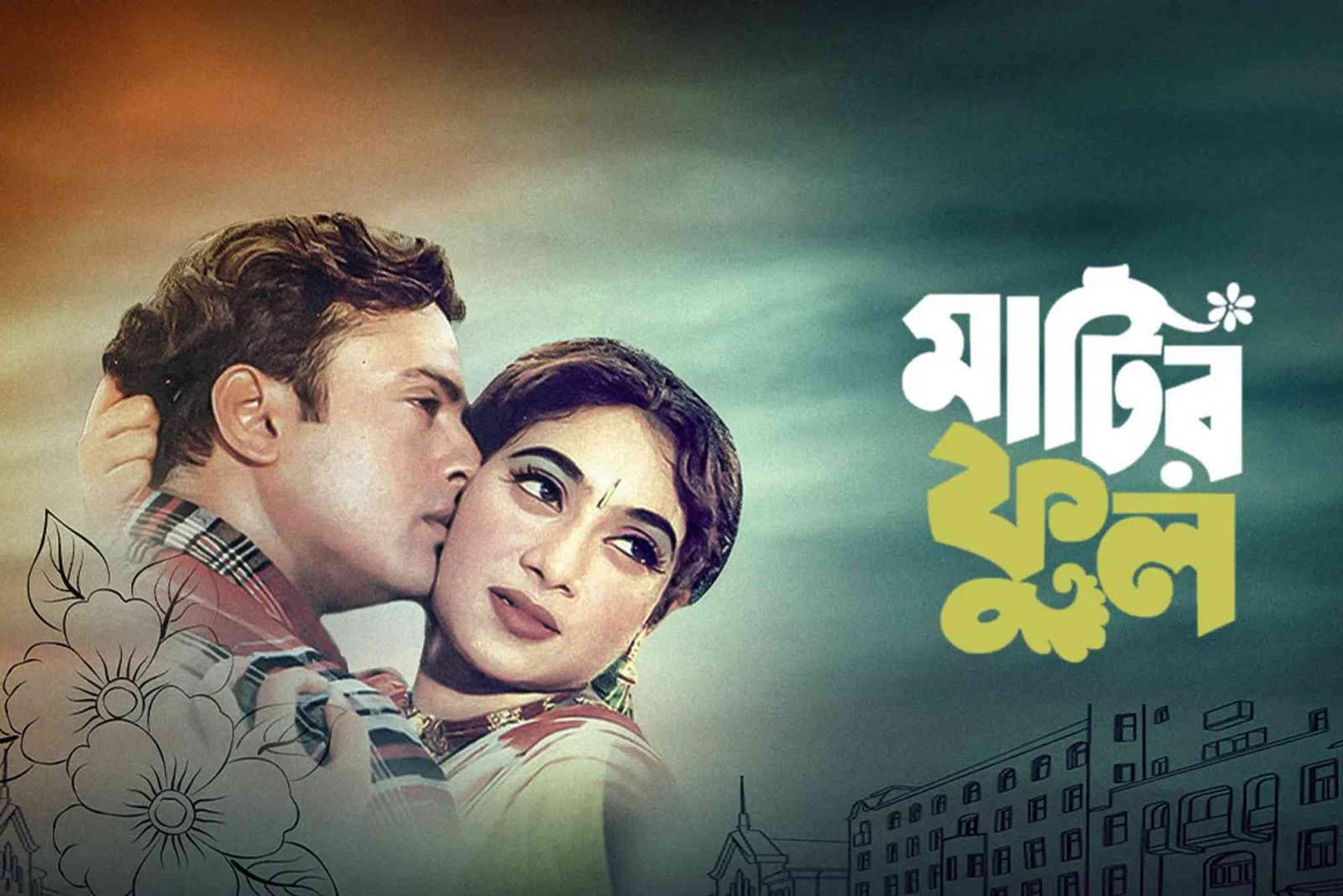Top Ways to Phool and Improve Your Movie
Every filmmaker dreams of creating a movie that captivates audiences, wins hearts, and leaves a lasting impression. Whether you are working on an indie film, a short production, or a full-length feature, learning how to phool and improve your movie can make a massive difference. The term phool here symbolizes blooming your film—transforming it into something visually appealing, emotionally powerful, and artistically satisfying. In today’s fast-paced entertainment world, improving your movie is not just about advanced equipment or big budgets; it’s about vision, storytelling, and execution.
Understanding What It Means to “Phool” a Movie
To “phool” your movie means to make it flourish—to breathe life, depth, and emotion into every scene. It involves improving your film’s core elements, from narrative to visuals, and polishing it until it stands out. Whether your film is about romance, adventure, or social commentary, the goal is the same: to make every frame bloom with meaning and beauty.
Improving your movie takes patience, practice, and a creative mindset. By focusing on storytelling, visuals, performance, and editing, you can elevate your project into something truly remarkable.
The Power of Storytelling: Build a Strong Foundation
Your movie’s story is its soul. Even high-end cameras or stunning locations can’t save a weak narrative. To phool and improve your movie, start with a story that resonates emotionally. The audience should feel connected to your characters and invested in their journeys.
Craft Authentic Characters
Every great movie begins with believable characters. Build multi-dimensional roles that reflect real emotions and experiences. Instead of perfect heroes or villains, create flawed yet relatable individuals who evolve throughout the story. Viewers remember personalities, not just plots.
Use Emotional Arcs
A movie that phools the audience emotionally keeps them engaged till the end. Design emotional arcs that rise and fall naturally. Let the viewers laugh, cry, and reflect. The deeper the emotional engagement, the more memorable your film becomes.
Write Crisp, Impactful Dialogue
Dialogue can either lift your film or make it fall flat. Avoid overused clichés and focus on natural conversation. Every line should reveal something—character traits, tension, or emotion. The art of screenwriting lies in showing, not telling.
Visual Storytelling: Let Every Frame Speak
Cinematography is the visual poetry of your film. To phool and improve your movie, learn how to tell your story through visuals rather than just dialogue.
Master Lighting Techniques
Lighting sets the mood and tone of your movie. Soft, warm lighting creates intimacy, while sharp contrasts add tension. Experiment with natural light for authenticity, or use artificial setups for dramatic effects.
Frame with Purpose
Composition matters as much as content. Each shot should have intent—what do you want your viewer to feel? Rule of thirds, leading lines, and creative angles all contribute to strong visual storytelling.
Choose the Right Color Palette
Colors carry emotional weight. Use specific palettes to enhance mood—cool blues for calm or sadness, warm hues for love or passion. Consistent color themes bring unity and depth to your visuals.
Sound and Music: The Heartbeat of Your Film
A movie without impactful sound feels incomplete. Sound design is not just about dialogue clarity; it’s about creating an immersive auditory experience.
Use Music to Enhance Emotion
The right background score amplifies emotion and builds connection. Whether it’s an orchestral arrangement or a minimalist tone, your soundtrack should reflect the heart of your story.
Pay Attention to Ambient Sounds
Subtle sounds like wind, footsteps, or rustling leaves add realism. When synced perfectly with visuals, they pull the audience deeper into your world.
Maintain Clean Audio Levels
Bad sound quality can ruin even a well-shot movie. Always record clean audio on set and fix imperfections during post-production. Good sound clarity ensures professional quality.
Editing: The Final Bloom
Editing is where your raw footage transforms into art. This is the stage where you truly phool and improve your movie.
Focus on Rhythm and Pacing
Your editing rhythm should match your story’s tone. Fast cuts build excitement, while longer takes enhance drama. Finding the right pace keeps your audience emotionally engaged.
Eliminate Redundancy
Every second counts. Cut unnecessary scenes, dialogues, or transitions that don’t move the story forward. Simplicity often leads to stronger impact.
Use Transitions Thoughtfully
Smooth transitions between scenes help maintain flow. Avoid overusing effects; sometimes, a simple fade or hard cut is more powerful than fancy transitions.
Performance Direction: Bringing Characters to Life
Actors breathe life into your vision. To phool and improve your movie, learn the art of directing performances.
Build Trust with Actors
Good direction starts with communication. Explain the character’s motivations and emotional states. Allow actors to contribute creatively, which often results in more natural performances.
Encourage Subtlety
Overacting can break immersion. Encourage nuanced expressions and small gestures that reveal inner emotion. Realistic acting often comes from restraint, not exaggeration.
Conduct Rehearsals
Rehearsals help refine timing and chemistry between actors. It reduces on-set stress and ensures smoother takes.
Post-Production Enhancements: Adding the Final Touch
After editing, post-production adds polish to your film. This stage includes color grading, visual effects, and sound mixing.
Color Grading for Emotional Depth
Color grading can completely transform a film’s atmosphere. Warm tones can make scenes feel nostalgic; cooler hues can create suspense.
Add Visual Effects Smartly
Use VFX only when necessary. Subtle effects can enhance realism, but excessive use might distract from your story.
Sound Mixing and Mastering
Balance your soundtrack, dialogue, and effects to maintain harmony. Consistent audio levels ensure a pleasant experience across devices and theatres.
Marketing and Presentation: Share Your Bloom with the World
Creating a masterpiece is just half the journey; presenting it well completes the process.
Design an Eye-Catching Poster
Your poster is the first impression. Make it visually striking and emotionally intriguing to attract attention instantly.
Use Social Media Strategically
Share behind-the-scenes moments, trailers, and sneak peeks to build excitement. Engage with your audience through comments and Q&A sessions.
Submit to Film Festivals
Film festivals give recognition and feedback. Even if you don’t win, participation boosts credibility and exposure.
Learn from Successful Films
Studying successful movies helps you identify what works. Watch films that align with your genre and analyze their techniques. A practical Do Phool Movie guide can help you explore detailed examples of storytelling, cinematography, and emotional engagement. You can check the Do Phool Movie tips for further learning.
Consistency and Practice: Keep Blooming
The journey of improving your movie never ends. Every project teaches you something new. Continue experimenting, learning, and pushing creative boundaries. Cinema is an evolving art, and those who grow with it always bloom brightest.
To phool and improve your movie is to nurture it like a living art form. It requires vision, patience, and constant growth. Every element—story, sound, performance, and editing—plays a role in making your film blossom into brilliance. Whether you’re a beginner or an experienced filmmaker, these insights can help your creative journey reach new heights. So, take your next project seriously, apply what you’ve learned, and let your film bloom beautifully before the world.
FAQs
How can I improve my movie quality without a big budget?
Focus on strong storytelling, natural lighting, and clean audio. Creativity often matters more than expensive equipment.
What are the most important elements of a good movie?
A compelling story, authentic characters, solid cinematography, clean sound, and meaningful editing make a great movie.
How do I make my movie stand out visually?
Use creative compositions, strong color palettes, and meaningful framing to differentiate your visual style.
Can editing really change a movie?
Yes. Editing shapes the flow, emotion, and impact of your film. It can turn raw footage into a cinematic masterpiece.
Where can I learn more tips to improve my movie?
You can explore more expert insights and creative inspiration at this Related resource: do phool movie.




